When we think of intelligence, we often limit ourselves to the human kind. Yet, the animal kingdom is brimming with brilliance that continues to astound scientists and rewrite what we know about cognition. Let’s dive into the world where dolphins discuss complex social structures and crows craft tools that even some humans would struggle to create.
1. Dolphins’ Complex Conversations

Dolphins have long been the poster children for animal intelligence, but recent research has taken our understanding to a whole new level. These ocean dwellers engage in complex vocal exchanges that resemble human conversations more closely than we ever imagined. Dolphins use individual “names” to identify each other, an incredible feat that parallels our own systems of communication. It’s not just chatter; their vocalizations involve sophisticated syntax and semantics.
Researchers are just beginning to unravel the depth of dolphin language, which includes conveying emotions, pinpointing locations, and coordinating hunting strategies. Google is even using AI to learn to speak to them. The implications are profound—dolphins might possess a culture of their own, complete with regional dialects and learned behaviors passed down generations. For scientists, understanding dolphin communication opens doors to exploring the evolution of language in humans. It challenges us to reconsider the very nature of intelligence and pushes the boundaries of what it means to “talk.”
2. Crow’s Crafting Tools

Crows have emerged as avian masterminds, demonstrating an ability to craft and use tools with a skill that rivals some humans. In the wild, New Caledonian crows have been observed fashioning hooks from twigs to fish out insects from hard-to-reach places, showcasing a level of problem-solving that was once thought exclusive to humans and primates.
The prowess of these birds has prompted scientists to reconsider the cognitive capacities of avian species. Through studies using puzzles and controlled environments, researchers are beginning to understand that these birds engage in a process similar to human reasoning. It’s a revelation that not only baffles scientists but also transforms our understanding of the avian brain structure and function. The implications for artificial intelligence and robotics are also notable, as these insights could inspire new designs and technologies.
3. Elephants’ Emotional Depth
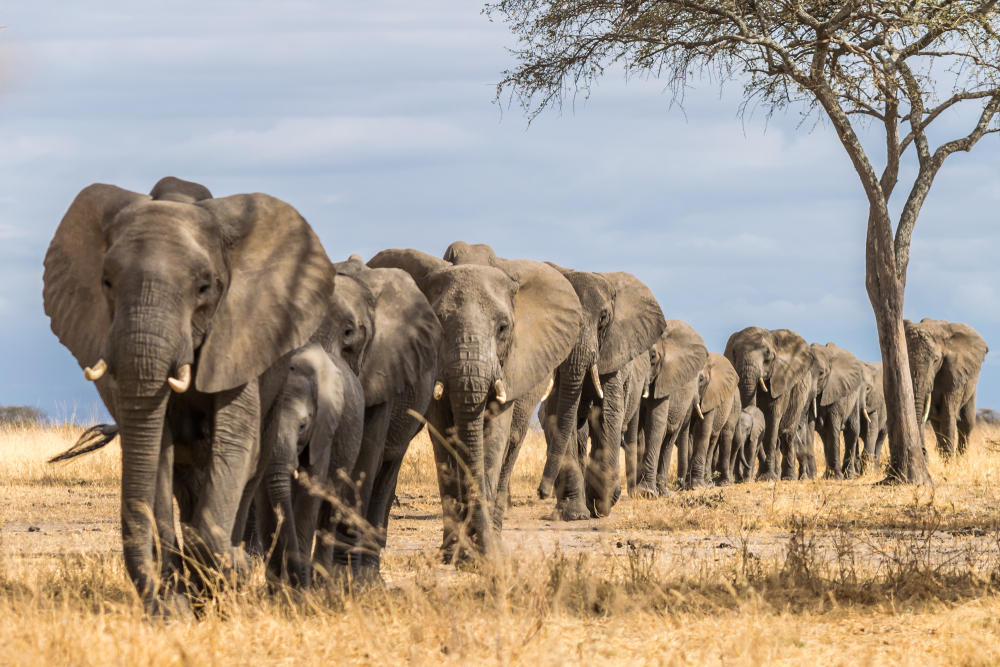
Elephants have long been celebrated for their memory, but their emotional intelligence is equally profound. These gentle giants demonstrate empathy, mourning, and even altruism in a way that mirrors human behavior. For instance, elephants have been observed performing burial rites for their deceased, gently covering carcasses with leaves and grass. According to National Geographic, these rituals are a testament to the complex social bonds and emotional awareness elephants possess.
Such behavior invites us to explore the emotional landscapes of non-human species, which often go overlooked. Understanding elephants’ emotional depth opens up new avenues for conservation strategies, emphasizing the importance of preserving these incredible creatures. Furthermore, these insights refine our approach to studying and interacting with animals in captivity and in the wild. By recognizing their emotional complexity, we foster a more respectful and empathetic coexistence.
4. Octopuses’ Problem-Solving Prowess
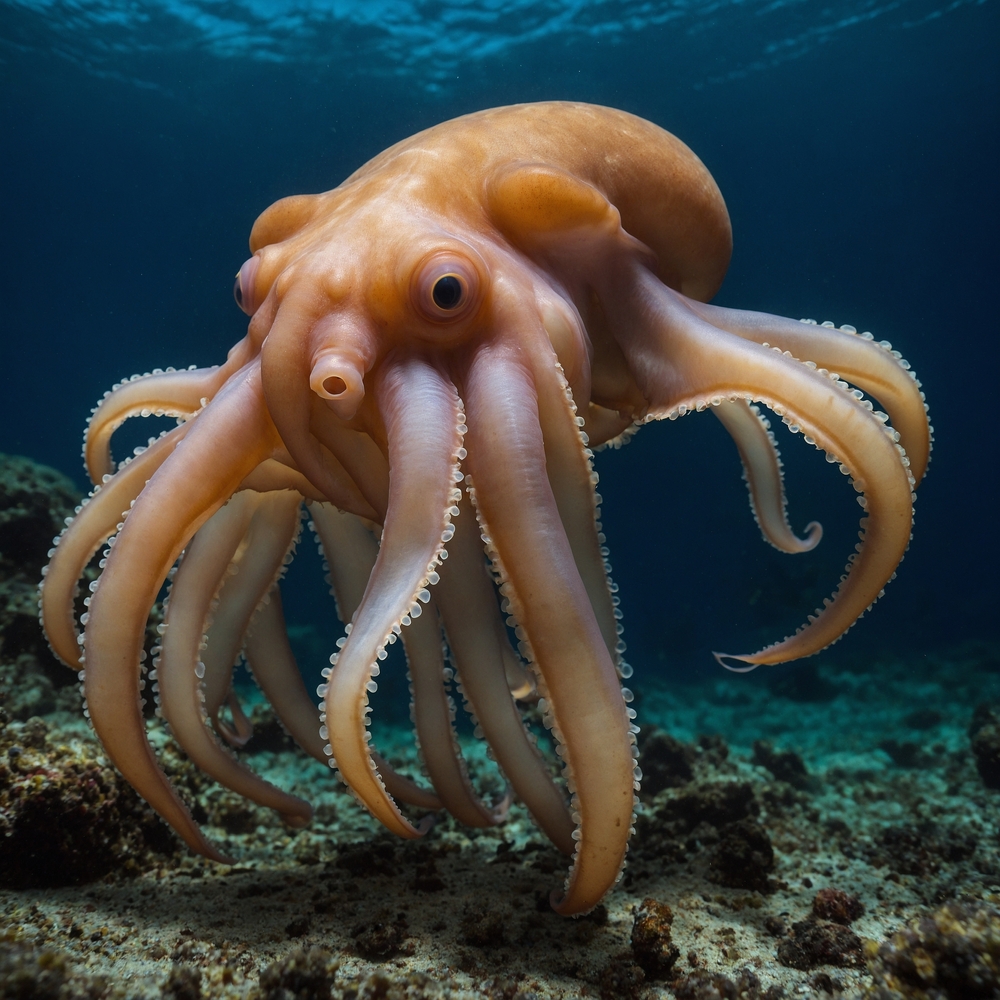
Octopuses are the enigmatic escape artists of the marine world, with problem-solving skills that continue to baffle scientists. Known for their short lifespans and solitary nature, octopuses exhibit remarkable intelligence despite these constraints. These cephalopods can navigate mazes and open jars to access food, showcasing their ability to learn and adapt.
Their intelligence poses a fascinating challenge to the conventional understanding of cognitive evolution, which often ties complex behavior to social living. Octopuses’ solitary and opportunistic lifestyle questions how intelligence evolves and what purposes it serves. Moreover, research into their neural structures could inspire innovations in AI, particularly in creating systems capable of adaptive learning. These underwater geniuses remind us that intelligence can manifest in myriad forms, defying our expectations.
5. Bees And Their Mathematical Minds
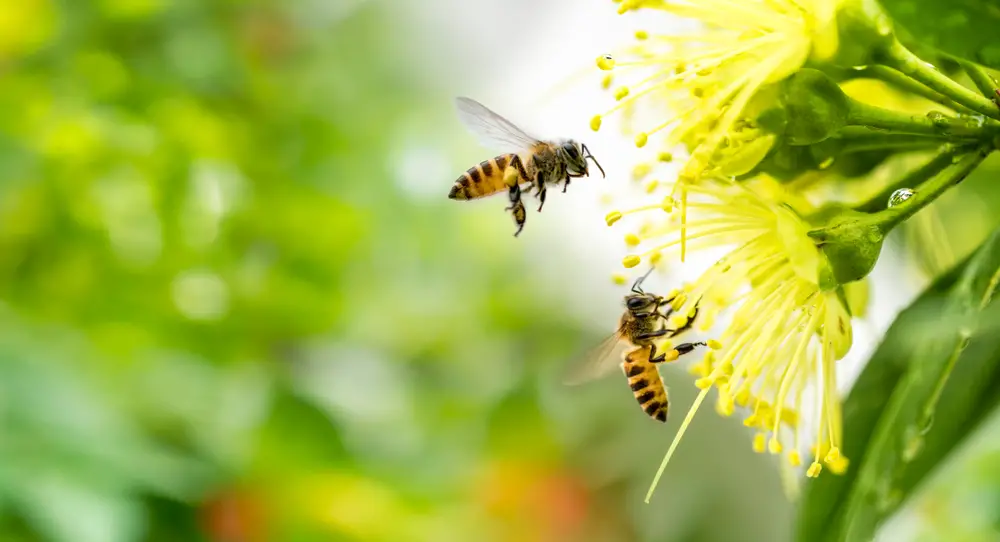
Bees, the architects of nature, are capable of extraordinary feats of navigation and communication that seem to defy their tiny brains. These insects use a “waggle dance” to convey the location of food sources to their hive mates, integrating spatial mapping with social signaling. As explained by BBC Earth, bees can even perform basic arithmetic, adding and subtracting small numbers to optimize their foraging efficiency.
Their capacity for such complex tasks has led scientists to re-evaluate the link between brain size and intelligence. The implications extend beyond understanding bee behavior, shedding light on neural efficiency and processing power. In the realm of AI, these insights could lead to the development of more efficient computing technologies, mimicking the compact yet powerful processing abilities of bees’ brains. By studying these incredible insects, we uncover the extraordinary intricacies of intelligence, regardless of scale.
6. Parrots And Their Vocal Imitations
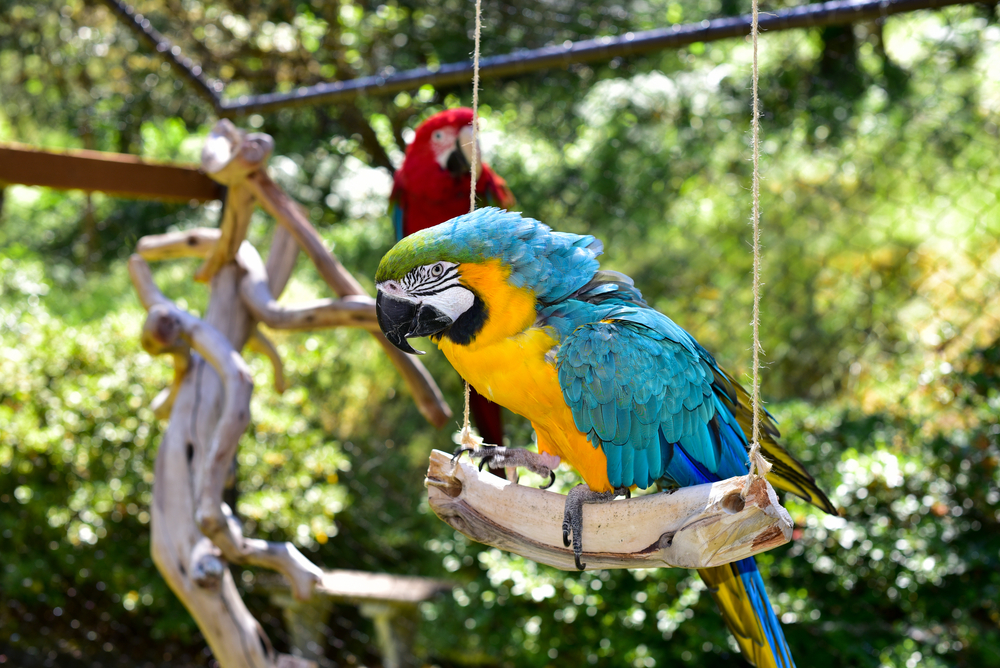
Parrots are not just mimics; they are communicative prodigies capable of understanding and using human speech to convey their desires and emotions. Famous parrots like Alex the African Grey have demonstrated the ability to count, identify objects, and even express preferences. This linguistic prowess suggests advanced cognitive abilities that go beyond mimicry, involving comprehension and intentional communication.
The implications of parrot communication stretch into the realm of understanding language development and social learning. Their abilities challenge the view of speech as a distinctly human trait, and they also push the boundaries of what we consider language comprehension. This insight could inform new methods in teaching language and communication to both humans and machines. Furthermore, it fosters a deeper appreciation for the cognitive landscapes of these vibrant birds.
7. Rats Exhibit Empathy

Rats, often dismissed as simple, instinct-driven creatures, have shown surprising evidence of empathy in scientific studies. In controlled experiments, rats have been observed freeing their trapped peers, displaying a preference for aiding others over obtaining food rewards. This behavior suggests a level of emotional understanding and altruism that was previously reserved for more complex mammals.
The empathy demonstrated by rats compels us to re-examine the social structures and emotional faculties of rodents. This insight has significant implications for how we study social behavior and emotional intelligence across species. It also raises ethical questions about the use of these animals in scientific research, encouraging more humane treatment and consideration. Understanding rat empathy enriches our comprehension of the social and emotional dynamics in the animal world.
8. Dogs’ Social Intelligence

Dogs, our loyal companions, have evolved alongside humans, developing an acute sensitivity to our emotions and social cues. They can read human gestures and expressions with a precision that reflects not just training but also an innate comprehension. This ability to understand and respond to human social signals highlights the sophisticated social intelligence that dogs possess.
The implications of this intelligence extend to understanding the co-evolution of humans and animals, offering insights into how social bonds and communication have developed. Dogs’ social intelligence also informs training and therapy practices, emphasizing the importance of emotional attunement in these relationships. This relationship enriches our understanding of domestication and the mutual benefits of human-animal interactions. It’s a testament to the profound connection that can exist between species.
9. Pigs’ Cognitive Capabilities

Pigs, often underestimated due to their farming roles, possess cognitive abilities that rival those of dogs and even some primates. They excel in tasks that require spatial learning and problem-solving, demonstrating an impressive memory and the ability to adapt to new challenges. This intelligence is evident in their ability to navigate mazes and perform tasks that involve abstract thinking.
The recognition of pigs’ cognitive capabilities urges a reassessment of their treatment in agricultural settings, promoting more humane and enriching environments. It also expands our understanding of animal cognition, challenging stereotypes and broadening the scope of intelligence studies. By acknowledging pigs’ mental acuity, we pave the way for enhanced welfare practices and a deeper appreciation for the cognitive diversity among farm animals. This shift in perception has the potential to transform agricultural practices and animal welfare policies.
10. Ants And Their Collective Intelligence

Ants, with their complex colonies and structured societies, are a testament to the power of collective intelligence. These tiny insects demonstrate sophisticated behavior through swarming, foraging, and colony-building, often solving complex problems through simple individual actions. Their ability to communicate and collaborate effectively showcases a form of intelligence that emerges from the interaction of many.
Studying ants’ collective intelligence offers insights into decentralized systems and efficient resource management. This knowledge has profound implications for fields like robotics and artificial intelligence, where swarm behavior is emulated to solve complex tasks. By understanding ant societies, scientists can develop more efficient algorithms and models for solving human problems. These insights illustrate how collective intelligence can rival and even surpass individual cognition in complexity and efficiency.
11. Sheep’s Emotional Recognition
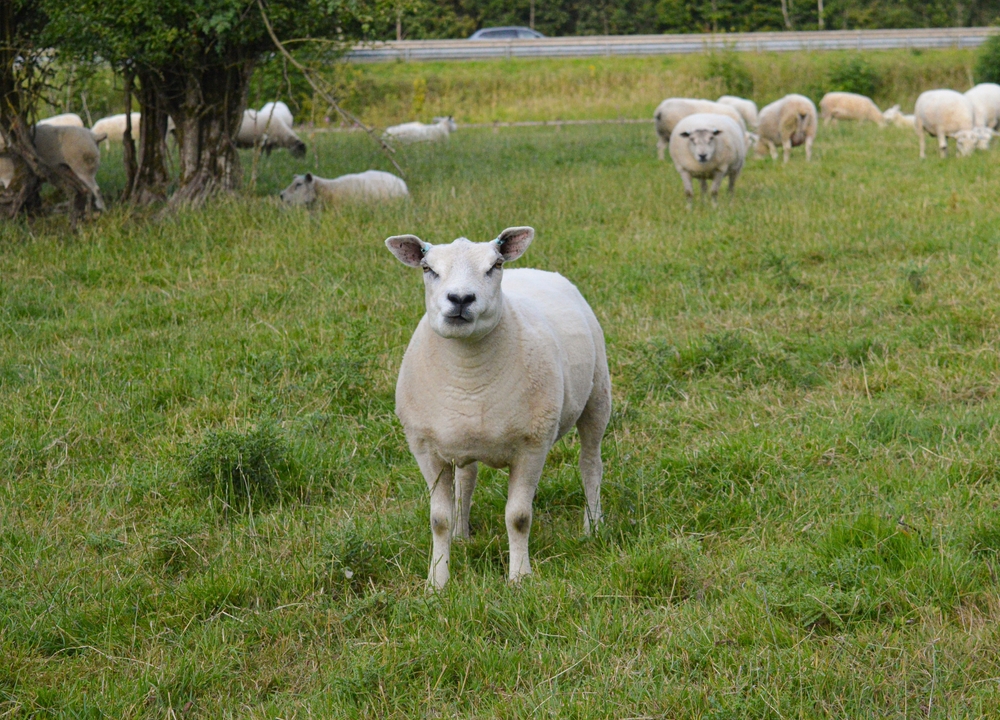
Sheep, often perceived as passive grazers, have shown a surprising ability to recognize and remember human faces. Studies reveal that sheep can differentiate between familiar and unfamiliar faces, even after long periods of separation. This capacity for facial recognition highlights their social intelligence and emotional awareness.
The recognition of sheep’s emotional intelligence prompts a reevaluation of their social structures and interactions. It challenges assumptions about livestock and emphasizes the importance of considering emotional well-being in animal husbandry. Understanding sheep’s cognitive abilities can lead to improved handling and care within agricultural settings. These insights broaden our understanding of the emotional lives of animals, encouraging more compassionate treatment.
12. Chimpanzees’ Tool Use
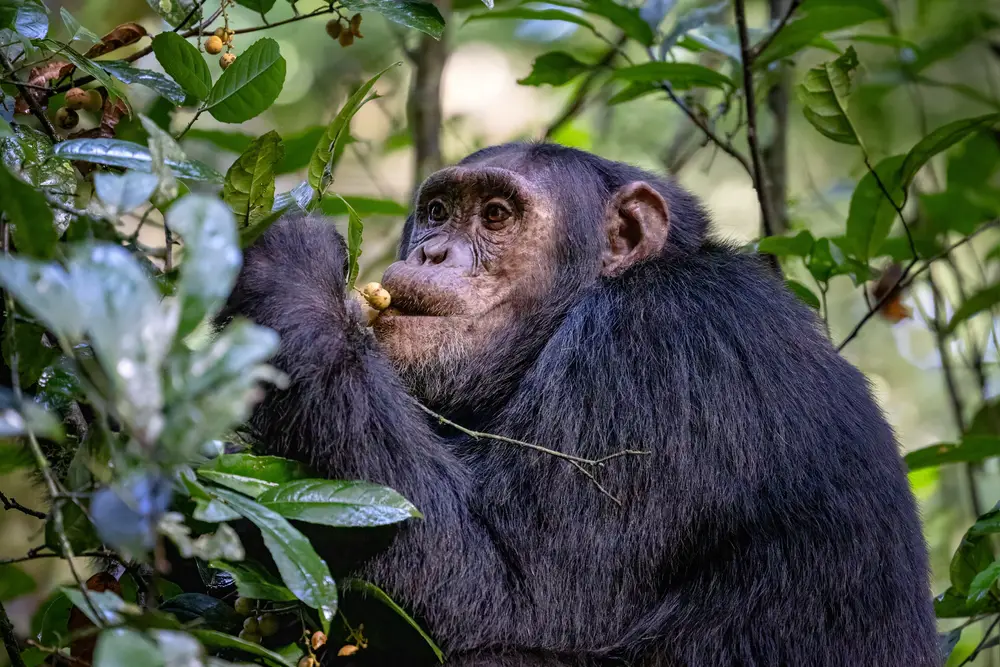
Chimpanzees, our closest genetic relatives, have long been celebrated for their tool-using abilities, which provide a window into the evolution of human intelligence. These primates craft tools for specific tasks, from using sticks to extract termites to creating sponges from leaves to soak up water. Their innovative problem-solving skills demonstrate a level of foresight and adaptability closely linked to human cognitive evolution.
The study of chimpanzee tool use offers valuable insights into the development of technology and the cognitive processes underlying it. Their behavior serves as a model for understanding the origins of human invention and creativity. By exploring chimpanzee intelligence, scientists gain a deeper understanding of the evolutionary roots of our own cognitive abilities. These discoveries reinforce the significance of preserving these species and their habitats.
13. Orangutans’ Culture

Orangutans exhibit a form of culture that challenges our understanding of animal communities and social learning. These great apes pass down behaviors and knowledge through generations, from nest-building techniques to unique vocalizations. This cultural transmission showcases the depth of their intelligence and their capacity for learning and innovation.
The exploration of orangutan culture opens up new avenues for understanding the evolution of human culture and social structures. It emphasizes the role of learning and imitation in the development of complex societies. These insights can inform conservation efforts, highlighting the importance of preserving not just individuals but the cultural heritage of species. By recognizing the cultural dimensions of orangutans, we deepen our appreciation for the richness of animal life.
14. Cats’ Understanding Of Physics

Cats, those enigmatic companions, possess a keen understanding of basic physics principles, as demonstrated through their hunting and play behavior. They can predict the path of falling objects and understand the concept of cause and effect, skills that are essential for stalking and capturing prey. This intuitive grasp of physics underscores their predatory prowess and cognitive sophistication.
The study of cats’ problem-solving abilities and their understanding of physical phenomena sheds light on the cognitive processes underlying animal behavior. It challenges stereotypes of feline independence, revealing a complexity that parallels that of their canine counterparts. These insights can enhance our interactions with cats, informing training and enrichment strategies that cater to their cognitive needs. By appreciating cats’ intelligence, we foster a deeper connection with these mysterious animals.
